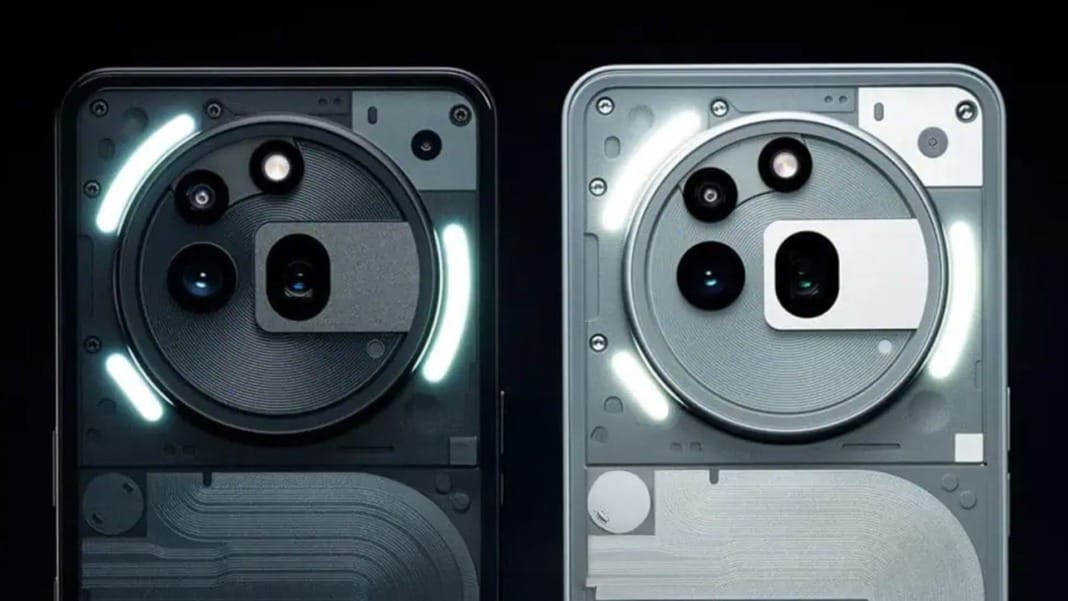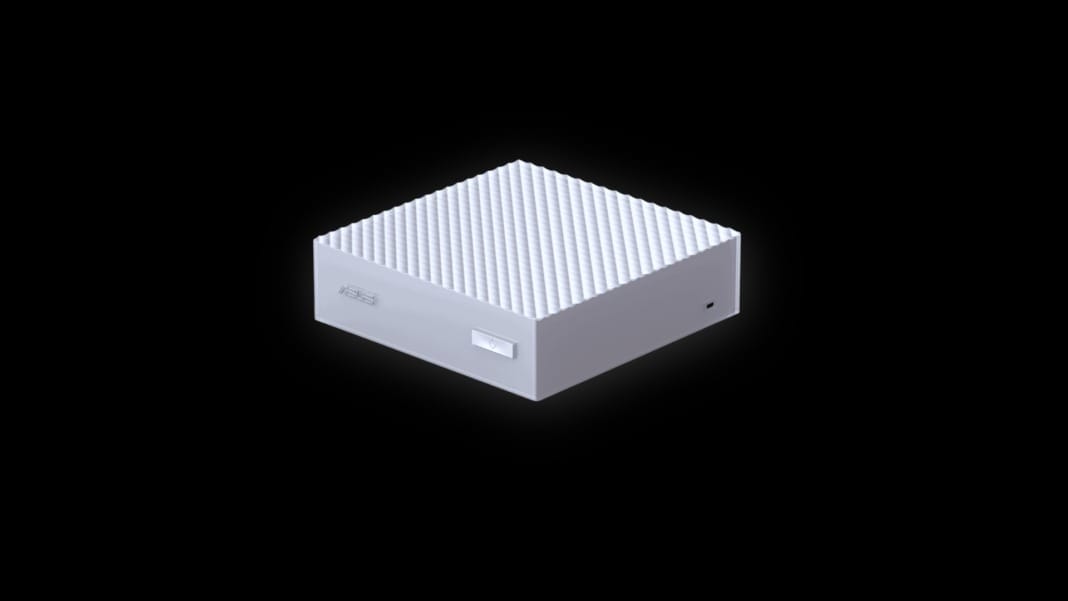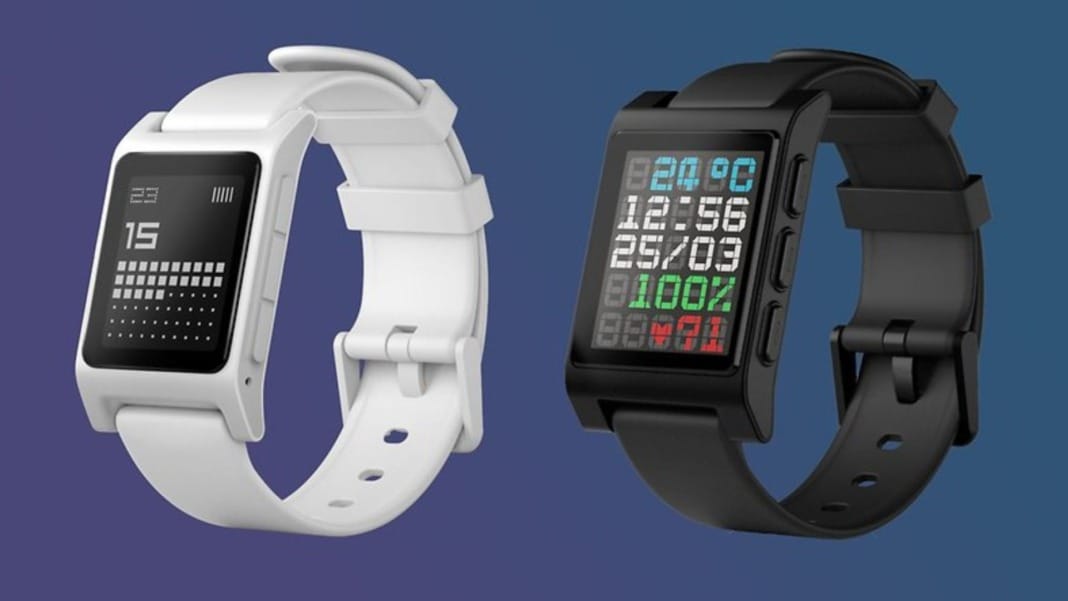Nothing has launched two new smartphones, the Phone (3a) and Phone (3a) Pro, bringing significant camera and design upgrades. This follows the release of the Phone (2a) and its subsequent Plus variant, which earned recognition for its value. The latest models aim to enhance the user experience with improved photography and premium build quality.
Enhanced cameras and upgraded design
Both the Phone (3a) and Phone (3a) Pro boast impressive camera enhancements, with the standout feature being the addition of an optical zoom lens. The standard Phone (3a) includes a 50MP 2x optical zoom lens, while the Pro model steps it up with a 50MP 3x periscope zoom lens paired with a 1/1.95-inch Sony LYTIA 600 sensor.
Aside from the zoom capabilities, both models feature a 50MP main camera and a 50MP ultrawide lens. However, the selfie cameras differ between the two. The Phone (3a) has a 32MP front camera, whereas the Phone (3a) Pro has a superior 50MP selfie camera for sharper, high-quality images.
Nothing’s signature transparent design remains a key element, though the company has now swapped the previous polycarbonate back for a more premium glass finish. While the Phone (3a) retains a familiar look to the Phone (2a), the Pro variant introduces a circular camera bump to house its periscope zoom lens. Both models are now rated IP64 for dust and water resistance and continue to feature the Glyph Interface LED backlights arranged around the camera module. The lighting functions, including Flip to Glyph and Glyph Timer, remain unchanged, maintaining the 26 individually controlled zones from the Phone (2a) rather than the 33 found in the Phone (2).
Improved performance and battery life
Both phones have a 5,000mAh battery and support 50W fast wired charging. According to Nothing, the devices can go from 1% to 100% in just 56 minutes.
The display has been slightly enlarged to 6.77 inches and features a flexible AMOLED panel with a 120Hz adaptive refresh rate. It offers up to 3,000 nits of peak brightness, 10-bit colour depth, and a 1,000Hz touch sampling rate in gaming mode. Instead of Corning’s Gorilla Glass, Nothing has opted for Panda Glass for screen protection, and its durability will be tested in future reviews.
Internally, the company has shifted from MediaTek’s Dimensity chipsets to Qualcomm’s Snapdragon 7s Gen 3, promising smoother performance and efficiency.
Pricing and availability
In Singapore, the Nothing Phone (3a) will be available in Black, White, and Blue with 12GB RAM and 256GB storage, priced at S$549. Pre-orders open on March 8, with official availability starting on March 22.
The Nothing Phone (3a) Pro, available in Grey and Black, has the same memory and storage configuration but a higher price tag of S$649. Pre-orders for this model start on March 22, and it will be available on April 1.
Both models can be purchased online from Nothing’s official website (Nothing.tech), Shopee’s Nothing Official Store, and Lazada’s Nothing Flagship Store. Additionally, they will be stocked at select physical retailers, including M1, Challenger Store, Popular, Gain City, and Courts.





